当前位置:
X-MOL 学术
›
J. Alloys Compd.
›
论文详情
Our official English website, www.x-mol.net, welcomes your feedback! (Note: you will need to create a separate account there.)
Thiophene desulfurization: Effects of dendritic silica and PEG as surface modifier on ZnO photocatalyst
Journal of Alloys and Compounds ( IF 5.8 ) Pub Date : 2024-07-24 , DOI: 10.1016/j.jallcom.2024.175703 Siti Nurfatin Nadhirah Mohd Makhtar , Nur Hanis Hayati Hairom , Nor Aliffah Puasa , Aishah Abdul Jalil , Rais Hanizam Madon , Sofiah Hamzah , Law Yong Ng , Norhaniza Yusof
Journal of Alloys and Compounds ( IF 5.8 ) Pub Date : 2024-07-24 , DOI: 10.1016/j.jallcom.2024.175703 Siti Nurfatin Nadhirah Mohd Makhtar , Nur Hanis Hayati Hairom , Nor Aliffah Puasa , Aishah Abdul Jalil , Rais Hanizam Madon , Sofiah Hamzah , Law Yong Ng , Norhaniza Yusof
This work focused on desulfurizing thiophene using a photocatalyst comprising zinc oxide (ZnO) and fibrous silica nanospheres (KCC-1) to exploit the photocatalytic process. Six photocatalyst samples (commercial ZnO, KCC-1, ZnO/1.5KCC-1, ZnO/2.0KCC-1, ZnO/2.5KCC-1 and ZnO/PEG) were characterized using field-emission scanning electron microscopy (FESEM), Fourier transform infrared (FTIR) spectroscopy and X-ray diffractometry (XRD). It was found that the properties of ZnO were altered by incorporating KCC-1 to enhance the efficiency of thiophene desulfurization. Desulfurization performances were investigated using three parameters, which were initial pH, initial thiophene concentration, and photocatalyst loading. Each parameter was validated using thiophene desulfurization percentage and turbidity removal percentage. This work discovered that ZnO/2.0KCC-1 was the optimum photocatalyst with 83 % thiophene desulfurization. No clear trend was observed for turbidity removal percentage, yet the ZnO/KCC-1 photocatalyst was able to reduce turbidity significantly. The pH of the permeation rose from neutral to alkaline range due to the hydroxyl radicals (•OH) produced during the desulfurization process.
中文翻译:

噻吩脱硫:树枝状二氧化硅和 PEG 作为表面改性剂对 ZnO 光催化剂的影响
这项工作的重点是使用包含氧化锌(ZnO)和纤维状二氧化硅纳米球(KCC-1)的光催化剂对噻吩进行脱硫,以开发光催化过程。使用场发射扫描电子显微镜 (FESEM)、傅立叶分析仪对六种光催化剂样品(商业 ZnO、KCC-1、ZnO/1.5KCC-1、ZnO/2.0KCC-1、ZnO/2.5KCC-1 和 ZnO/PEG)进行了表征变换红外 (FTIR) 光谱和 X 射线衍射 (XRD)。研究发现,掺入KCC-1可以改变ZnO的性质,从而提高噻吩脱硫的效率。使用三个参数研究脱硫性能,即初始pH、初始噻吩浓度和光催化剂负载量。使用噻吩脱硫百分比和除浊百分比验证每个参数。本工作发现ZnO/2.0KCC-1是最佳的光催化剂,噻吩脱硫率为83%。浊度去除率没有观察到明显的趋势,但 ZnO/KCC-1 光催化剂能够显着降低浊度。由于脱硫过程中产生的羟基自由基(·OH),渗透液的pH值从中性升至碱性范围。
更新日期:2024-07-24
中文翻译:

噻吩脱硫:树枝状二氧化硅和 PEG 作为表面改性剂对 ZnO 光催化剂的影响
这项工作的重点是使用包含氧化锌(ZnO)和纤维状二氧化硅纳米球(KCC-1)的光催化剂对噻吩进行脱硫,以开发光催化过程。使用场发射扫描电子显微镜 (FESEM)、傅立叶分析仪对六种光催化剂样品(商业 ZnO、KCC-1、ZnO/1.5KCC-1、ZnO/2.0KCC-1、ZnO/2.5KCC-1 和 ZnO/PEG)进行了表征变换红外 (FTIR) 光谱和 X 射线衍射 (XRD)。研究发现,掺入KCC-1可以改变ZnO的性质,从而提高噻吩脱硫的效率。使用三个参数研究脱硫性能,即初始pH、初始噻吩浓度和光催化剂负载量。使用噻吩脱硫百分比和除浊百分比验证每个参数。本工作发现ZnO/2.0KCC-1是最佳的光催化剂,噻吩脱硫率为83%。浊度去除率没有观察到明显的趋势,但 ZnO/KCC-1 光催化剂能够显着降低浊度。由于脱硫过程中产生的羟基自由基(·OH),渗透液的pH值从中性升至碱性范围。


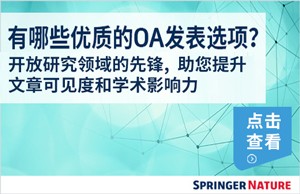


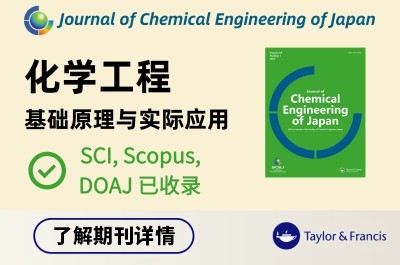



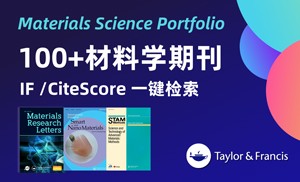
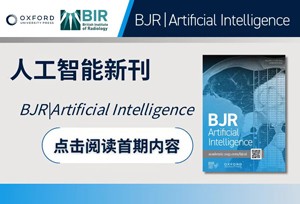
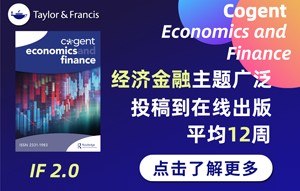
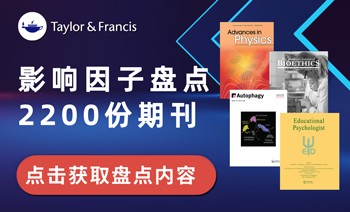

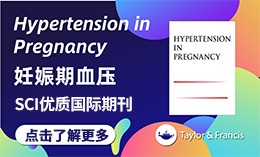
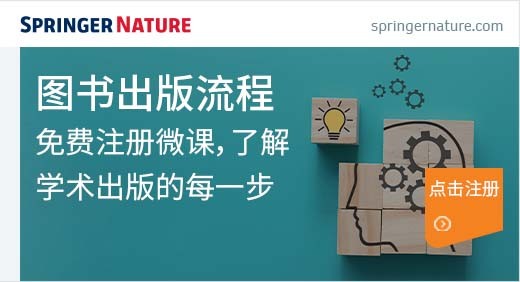



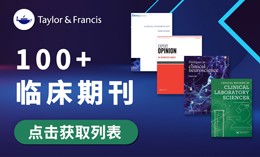
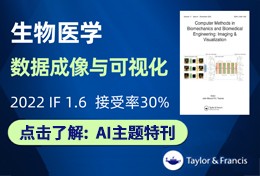

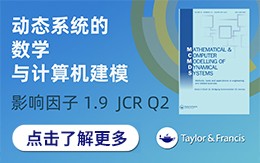
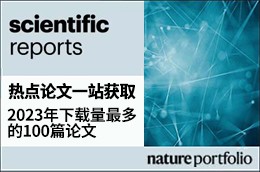
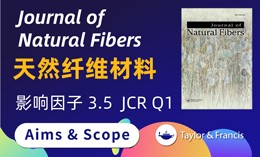
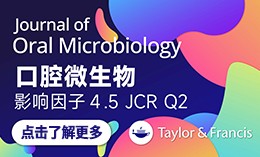


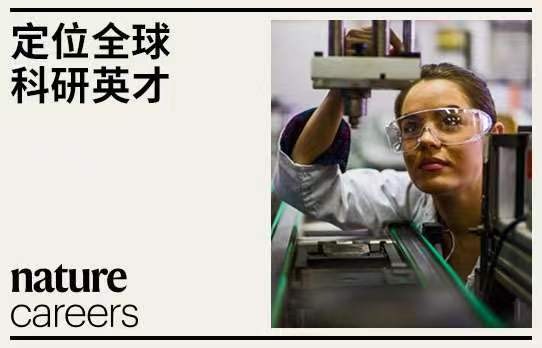

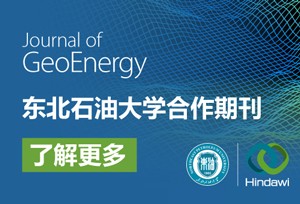
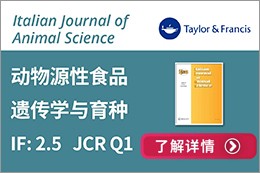








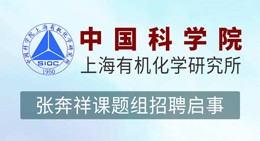





 京公网安备 11010802027423号
京公网安备 11010802027423号